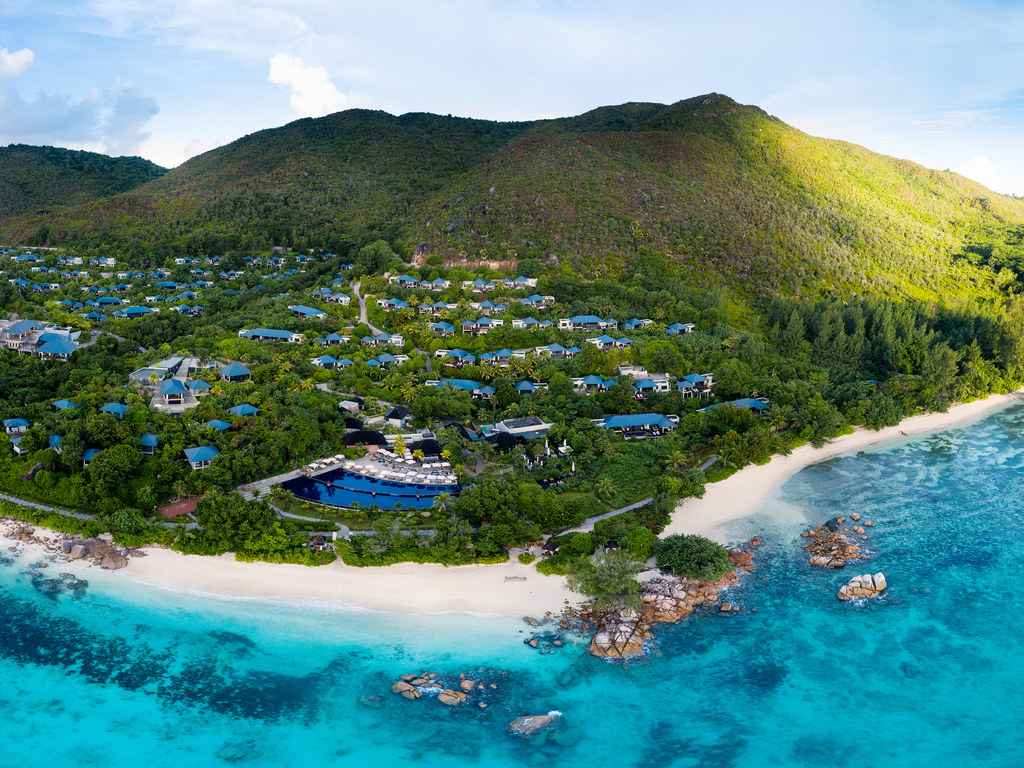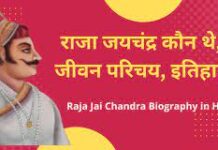The Seychelles has a very short human history: the first humans settled on the islands only at the end of the 18th century; before then the entire archipelago was completely uninhabited. Having first become a French colony, then a British one, the Seychelles saw the arrival, along with the settlers, of numerous slaves from various parts of Africa. This mix of nationalities gave birth to a multicultural and multi-ethnic nation, which boasts an unspoiled ecosystem and an incredible variety of plant and animal species, thanks to its long isolation.
First sightings
Although the first settlement in the Seychelles dates back to 1770, the islands had already been sighted long before. It is thought that they were discovered in the 7th century by some Arab sailors, of whose visits vague evidence remains today. In 1502, Vasco da Gama sighted the archipelago and indicated it on his maps under the name of “Tres Irmãos”, the three brothers. Today this name is used in French to indicate three iconic mountain peaks of Mahé (Trois Fréres). However, the first Europeans to set foot in the Seychelles were British: the British East India Company landed there in 1609, but did not settle there.
The arrival of the French
It was 140 years later that France turned its attention to the Seychelles, with the aim of finding a faster passage from Mauritius to India. The French administrator of Mauritius, Bertrand-François Mahé de La Bourdonnais, sent the explorer Lazare Picault to discover the archipelago. In 1742 Picault landed on the island which today bears the name of the administrator: Mahé.
When the French explorer Lazare Picault landed on today’s Mahé in 1742, he was struck by its fertile and luxuriant appearance and called it Ile de l’Abondance. When he returned two years later to map it better, he renamed it Mahé in honour of Mahé de la Bourdonnais, his patron and administrator of Mauritius. Later Mahé took the name of Isle de Séchelles in honour of Viscount Jean Moreau de Séchelles, Minister of Finance during the reign of Louis XV. Later, this name (anglicised to Seychelles) became the name of the entire archipelago, while Mahé returned to be used for the main island.
The French decided to settled in the Seychelles both to take advantage of their strategic position in relation to India and to start growing spices in an attempt to compete with the Dutch spice trade. In 1770, 15 settlers, together with a dozen slaves, settled in the Seychelles. Subsequently, large quantities of slaves were brought from Mauritius (Creoles born of African and European parents), Madagascar, Mozambique and, to a lesser extent, India. In the first century of settlement, the Seychelles had few inhabitants, but very varied origins. This led to a strong mix of ethnic groups and determined the multi-ethnic and multicultural character of the population, which is still visible today.
The Seychelles remained part of France until 1814, when it passed to the British. It is still possible to observe strong French influences in the reality of the Seychelles, not only in surnames and geographical names, but also in the cuisine and language. In fact, French is one of the official languages of the country and represents the basis of Seychelles Creole. In music and traditional dances, however, the African imprint, given by the slaves of the time, is stronger.
The transition to the British
After the Napoleonic wars, with the Treaty of Paris (1814), the Seychelles were ceded to Great Britain, albeit with the usual French practices still in force. Having become British on paper, in practice the islands maintained the culture that had originated from the original slaves and settlers; the French language also remained dominant. Slavery still dealt with the cultivation of coconut palms, cotton, and spices.
When slavery was abolished throughout the British territories in 1835, several hundred freed African slaves arrived in the Seychelles and went to work on the remaining plantations in exchange for food rations and wages. They also helped to make the population of the Seychelles extremely diverse. Another factor that contributed to the multiculturalism of the Seychelles was the role that the islands played during British control as a place of exile for political prisoners. Over the years, the Seychelles saw prisoners arriving from places like Zanzibar, Egypt, Cyprus and Palestine, to name but a few.
The first elections in the Seychelles were held in 1948, after the Seychelles had been partially separated from the British Crown. At this time, stronger political awareness developed, which was reflected in the following years by the increasing formation of political parties – in 1967 the first completely independent Seychellois elections were held. The Seychelles remained with the British until 1976, when it became an independent republic within the Commonwealth.
The Seychelles today
Thanks to their history, the Seychelles are now a dream holiday destination, and a truly unique place in the world, not just thanks to their cultural and ethnic diversity, but also due to their enormous natural variety.
It is undeniable that the human settlement of the Seychelles has damaged the ecosystem of the islands; several animal species disappeared and part of the original vegetation was destroyed in favour of timber production and plantations (especially coconut and cinnamon). These once profitable industries have declined over the years, and the main sources of income in the Seychelles now are tourism and fishing.
Today, sustainable tourism and rigorous nature conservation and marine ecosystem conservation projects play an important role in Seychelles and ensure that this paradise is preserved.
Seychelles holidays and events focus on the Creole culture. There are many colorful celebrations through the year where tourists can experience local dance, music and food, including the La Digue Festival and the Creole Festival. Sports and religion are also observed with verve and Victoria and Beau Vallon on Mahé Island are the best places to enjoy the festivities.
Seychelles International Carnival of Victoria
This fun, annual event is spread over three days at various locations on Mahé Island to highlight the various cultures that have helped shape the Seychelles. It features float parades during the day, while all main hotels host special events that take place the first few weeks of February.
Semaine de la Francophonie
Celebrating French culture in mid-March, Semaine de la Francophonie is a similar entity to that which is enjoyed in Franco-influenced destinations around the world. The week-long party takes place on Mahé Island and features an array of art exhibitions and literary readings, along with French music, song, fashion and food.
Holy Week
Don’t be surprised to see lots of parading and partying over the Easter period. Seychellois are a deeply religious folk and these events are a jolly affair, when street fests are accompanied by numerous food stalls and colorful music of the region.
Independence Day
Independence from the UK in 1976 in celebrated and relived on June 29 throughout the Seychelles, with lots of flag-waving and the obligatory singing and dancing to local tunes. Beaches, parks and streets are filled with festivities, fireworks and special events put on by the resorts.
Round Table Beau Vallon Regatta
Held during the pleasant high season months of August and September, the hotly anticipated Beau Vallon Regatta is comprised of yacht races and a myriad of other water events. There is a swimming competition, tug-of-war (on land) and all sorts of events that tourists can get in on at the beach. Beau Vallon is especially busy at this time, so be sure to pre-book hotels as far ahead as you can.
La Digue Festival
On the quiet retreat of La Digue Island near Praslin in Seychelles is a collection of fun events incorporating Assumption Day (August 15). Spread over three days in mid-August, the celebration includes a bicycle tour, the Miss Fun Park pageant, and various sports, dances and competitions, including coconut peeling.
SUBIOS Underwater Festival
This three-day event at Mahé’s main beach (Beau Vallon) takes place in early October and is all about promoting underwater conservation. People come from all over to see films and photographs of the world beneath the waves. Accompanying the event are boat rides, screenings, a natty craft bazaar and lots of competitions.
Creole Festival
A must for tourists visiting Mahé, Praslin or La Digue in the last week of October is this fabulous six-day foodie event. It celebrates everything Creole, including their arts, crafts, music, dance and food. Hit any main area on these islands, including (and especially) Victoria, Beau Vallon and Anse Royale on Mahé Island, and you are sure to be in for a treat.






